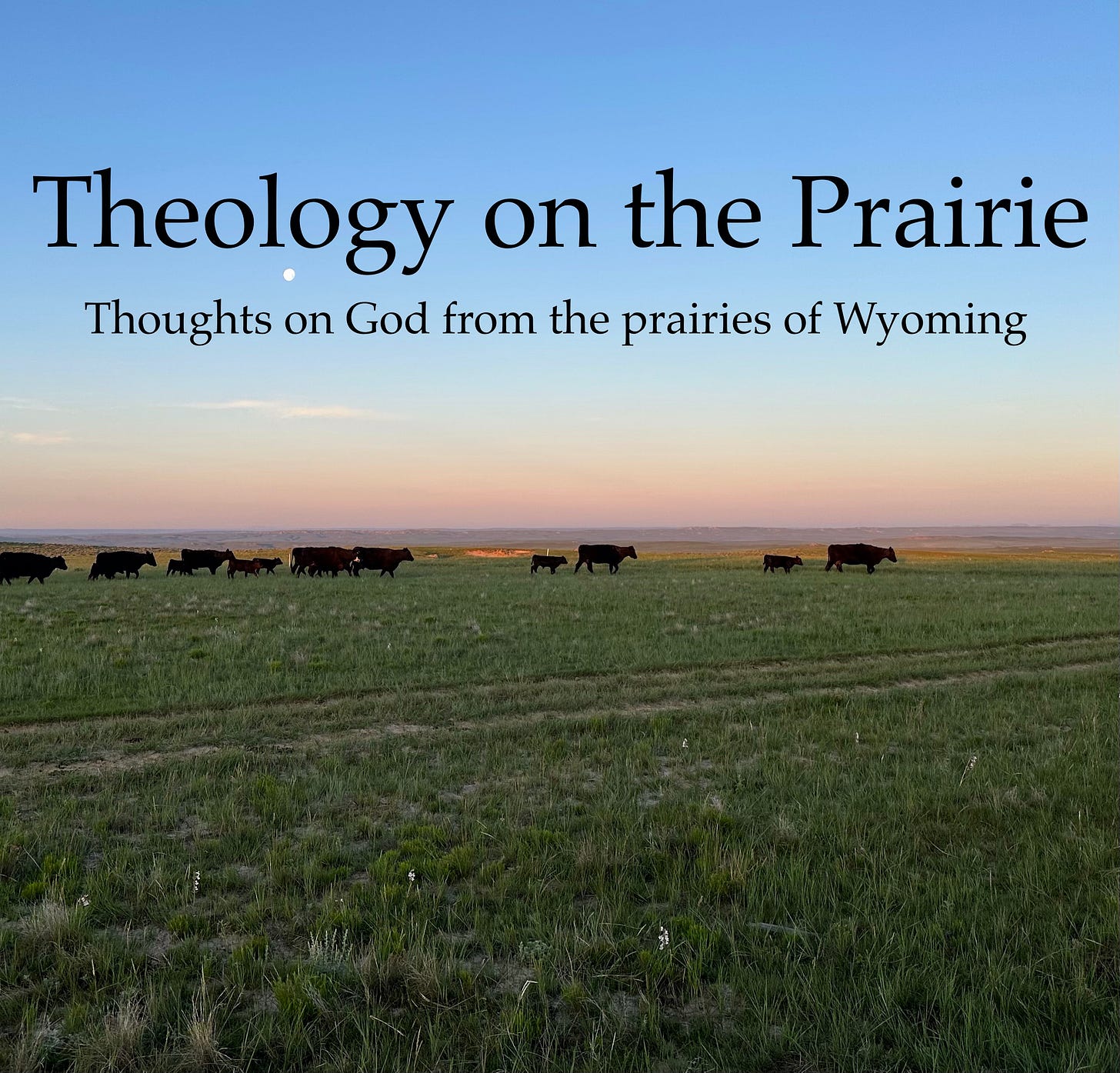4 Views on Communion
Communion, or the Lord’s Supper, was instituted by Jesus during the last meal he shared with his disciples before his crucifixion. But it wasn’t just any meal, it was the annual Passover feast, celebrated by Jews in memoriam of their escape from slavery in Egypt.
In Exodus Chapter 12, Moses warned the Hebrew people of a final plague that would descend upon Egypt. Unless they slaughtered a male, unblemished lamb and sprinkled his blood on their doorposts, their firstborn child would die. God would “pass over” the land and spare those who had marked their homes.
It wasn’t a coincidence that Jesus’ crucifixion happened right after Passover. Jesus fulfilled the role of the lamb in Egypt - his blood saves us from death. 1 Corinthians 5:7 says that Christ is our Passover lamb. What’s even more amazing is that Jesus did not abolish the celebration of Passover but transformed it for the new covenant.
Luke 22:17-20 (NIV)
After taking the cup, he gave thanks and said, “Take this and divide it among you. For I tell you I will not drink again from the fruit of the vine until the kingdom of God comes.” And he took bread, gave thanks and broke it, and gave it to them, saying, “This is my body given for you; do this in remembrance of me.” In the same way, after the supper he took the cup, saying, “This cup is the new covenant in my blood, which is poured out for you.
Believers are commanded to observe the Lord’s Supper in order to “proclaim the Lord’s death until he comes.” (1 Corinthians 11:23-26) Since Christ’s death, believers have participated in the communal act of eating bread and drinking wine (or Welches grape juice…) in remembrance of Jesus’ death and in anticipation of his return.
The mode and frequency of Communion vary widely across churches and denominations. Some churches partake in Communion weekly; others monthly. Some eat wafers and drink wine; others use oyster crackers and grape juice. Additionally, there are 4 main views regarding the degree of Christ’s involvement during the act of Communion.
Transubstantiation - This is the traditional Catholic view, which holds that as the priest elevates the bread and wine and recites the account of the Lord’s Supper, the bread and wine physically change into the literal blood and Body of Christ. The change is not visually perceptible but has still occurred.
Consubstantiation - This view was proposed by Martin Luther and is held by Lutheran denominations. Instead of the bread and wine having a physical transformation, Jesus is uniquely present in, with, and under the elements whenever the Lord’s Supper is observed. It is like a sponge that has soaked up water. The sponge is not the water, nor is the water the sponge, but the two exist together.
Symbolic/Memorial - This view is often held by Baptist and protestant churches and is credited to Ulrich Zwingli, an early Swiss Reformer. This view emphasizes that the Lord’s Supper is only a sign or memorial for the believer to remember Christ’s death and that the bread and wine are only figurative representations, not literal.
Spiritual Presence - This one lies between the Catholic and Reformed views and is attributed to John Calvin. Calvin proposed that when the Church observes Communion, Jesus is spiritually present in a unique way. While he is not physically there, believers commune with him as they partake of the elements.
No matter how often you practice Communion or what view you ascribe to, it is important to participate in this sacrament that the Lord has blessed us with. What incredible joy we have to look forward to: the day we eat and drink with Jesus in his Kingdom!




